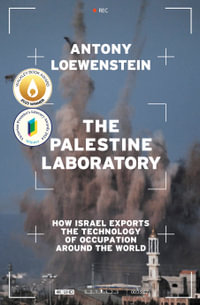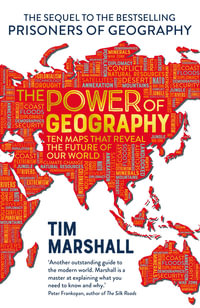The Operational Energy textbook provides military officers the knowledge and skills to effectively plan for the operational energy needs of their forces and missions. After completion, students should be able to carry out relevant analysis, planning and strategy across the Services and organizations of the US national security enterprise.
The Pentagon defines Operational Energy (OE) as "energy required for training, moving, and sustaining military forces and weapons platforms for military operations." Planning and strategizing for these energy needs is an integral part of all combat and regular operations.
Energy is one of the biggest constraints and at the same time most important enablers of ability to fulfill military missions. Moreover, proper operational energy strategies and tactics can reduce casualties and save lives. The most recent example is that fuel and water delivery missions accounted for more than one-tenth of the US military casualties in Iraq and Afghanistan.
The book also examines issues that have not been discussed in previously published academic or policy literature, such as the impact of civilian demands for the military to use increased amounts of renewable energy as well as threats from the use of civilian supply chains for energy supplies. The US military is the largest consumer of energy in the US federal government. In light of this, many US public officials as part of their drive to promote greater use of renewable energy and reduction of climate altering emissions, may require that the military fuel mix include significant amounts of renewable energy and that the military reduce its carbon emissions. Accordingly, the book will examine how the US armed forces can adjust to these rising public demands, while still fulfilling its military mission.
The book will also look at the security challenges of use of civilian supply chains. The US military procures most of its energy from civilian suppliers. In 2019, the US military purchased 49 percent of its fuel supplies from outside the United States, including in Asia and the Middle East. As the Covid-19 challenge revealed, critical US supply lines depend on production in China and other US adversaries. Washington recently initiated policies to reduce US vulnerability to supply disruptions of critical materials and products through reducing exposure to needs of products and materials produced in China and other countries. The implementation of these initiatives will require new strategies and policies for the US military to meet its energy needs securely.
























